Summer offers no shortage of pet-friendly activities. We are all for getting out and enjoying all the summer fun, but we want you to keep in mind that extreme heat can be dangerous for people and pets. When the temperature climbs, ensure your pet stays cool, and you avoid a heat-related emergency. Our Hearthstone Veterinary Hospital team answers common questions about pet heat safety.
Question: How do pets keep cool?
Answer: Pets have only a few sweat glands and can’t cool off by sweating like humans. Rather, they pant, which is their version of sweating. When your pet pants, they exhale warm air and inhale cooler air that passes through their lungs and cools down their body. Also, the moisture on their tongue evaporates and cools them down.
Q: How can pets overheat?
A: A pet’s cooling mechanisms are no match for extreme temperatures. Their panting becomes inefficient in the extreme heat, during physical exertion, if they are dehydrated, the shade or ventilation is insufficient, or because of a combination of those factors.
When your pet’s body temperature rises above the normal range of 100 to 102.2 degrees, they can suffer from heatstroke, a potentially deadly condition that requires swift treatment. All pets are at risk of heatstroke, but certain breeds, such as flat-faced, short-nosed (i.e., brachycephalic) breeds, are at a higher risk and should be monitored closely in the heat.
Q: What are heatstroke signs in pets?
A: Heatstroke can happen quickly when the heat overwhelms your pet’s cooling mechanisms and their body can no longer keep cool. Initially, an overheated pet can suffer from dehydration, cramps, and heat stress, progressing to heatstroke if their body temperature rises above 106 degrees. Common heatstroke signs include:
- Heavy panting
- Drooling
- Red gums
- Rapid breathing and a fast heart rate
- Dull or distant look
- Lethargy and weakness
- Seizures
- Collapse
Q: What should I do if my pet overheats?
A: If you are outside with your pet and see any heat stress signs, bring them inside quickly, cool them down, and get them medical care. Follow these steps:
- Do a temperature check — A pet’s normal temperature is between 101 and 102.5 degrees, so they are overheated if their temperature is 103 degrees or higher.
- Use cool water — Place your pet in a bathtub with cool water. Never use ice-cold water, which can cause their blood vessels to restrict, trapping the heat in their body, and increasing their temperature.
- Continue monitoring — Check your pet’s temperature every five minutes, and keep them in the cool water until their temperature drops to at least 103 degrees.
- Seek veterinary care — Contact our Hearthstone Veterinary Hospital team, or take your dog to the nearest emergency clinic for an evaluation of potential organ damage.
Q: How can I prevent my pet from overheating?
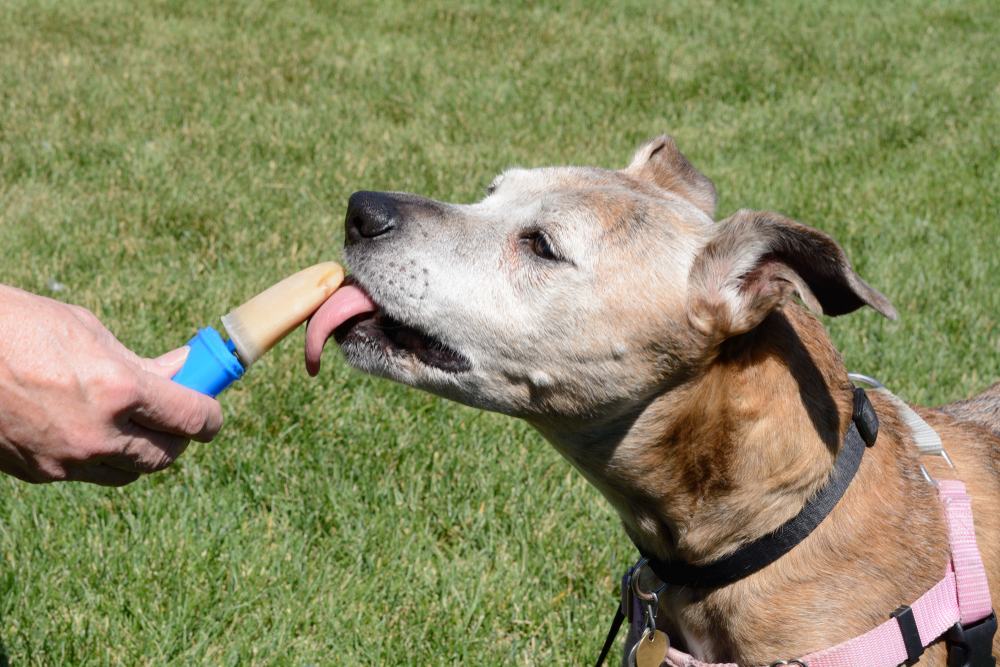
A: The following small measures against the heat can have a big impact on your pet’s health:
- Checking the temperature and humidity — Overheating does not occur at any specific temperature—rather your pet becomes overheated when their body heats faster than they can dissipate the heat. When considering taking your pet outside or going for a walk, use the rule of thumb that if it’s too hot for you, it’s too hot for your pet. Humidity is as important as temperature—the higher the outside humidity level, the lower the temperature that will cause your pet to overheat.
- Walking mindfully — Your pet’s daily walk schedule should reflect the outside temperature. Walk during the cooler early mornings and late evenings and avoid the midday heat on extremely hot days.
- Avoiding hot surfaces — Remember, ground surfaces like asphalt and metal absorb the sun’s heat and can burn the sensitive pads of your pet’s paws. If these surfaces are too hot for your hand, walk your dog in the grass, or wait and walk when it’s cooler.
- Keeping your pet hydrated — Provide your pet with plenty of fresh, cool water throughout the day. Treat them with hydrating, pet-friendly snacks, such as:
- Frozen fruits
- Frozen veggies
- Frozen xylitol-free peanut butter in a Kong
- Never leaving your pet in a parked car — Never leave your pet unattended in a parked car, because the interior temperature can reach deadly levels in only a few minutes. Parking in the shade or cracking the windows open does not help.
A summer day spent with a pet is always a good one, and we want to ensure your whole summer is that way. However, if you are ever concerned about your pet’s heat safety, or suspect a heatstroke emergency, contact our Hearthstone Veterinary Hospital team immediately.


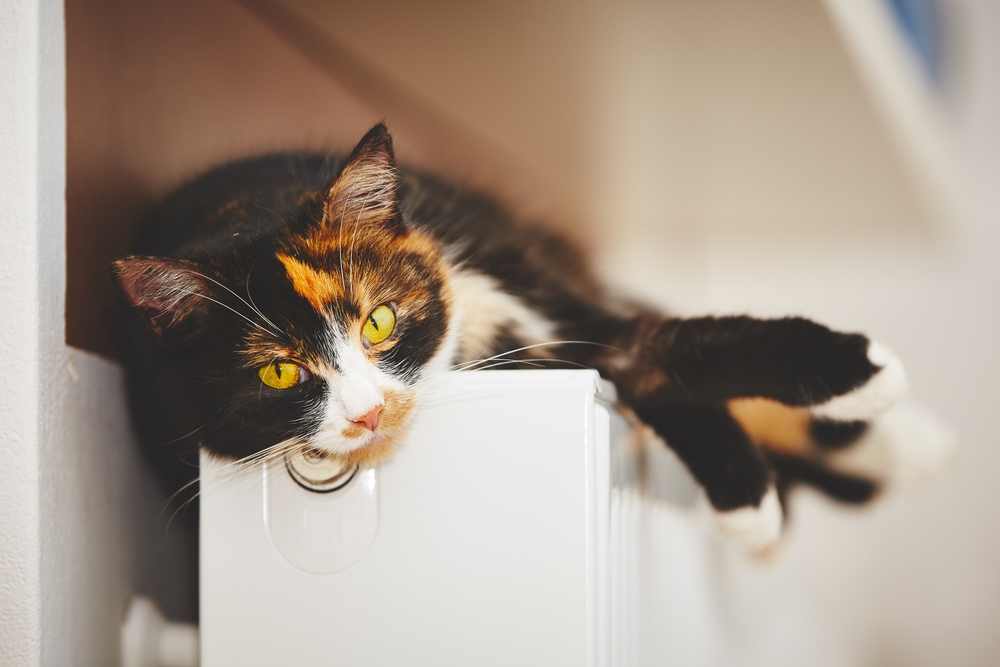
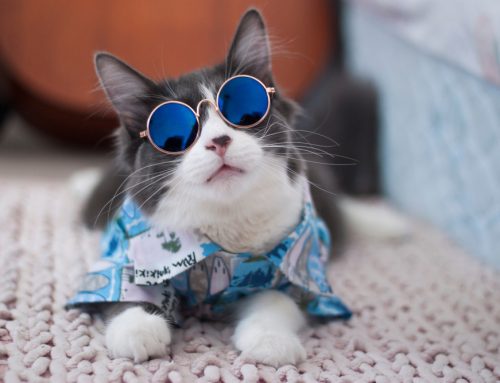
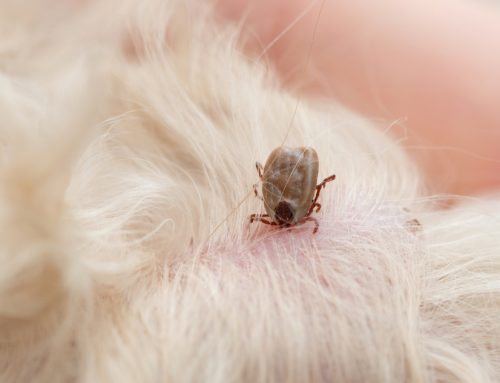

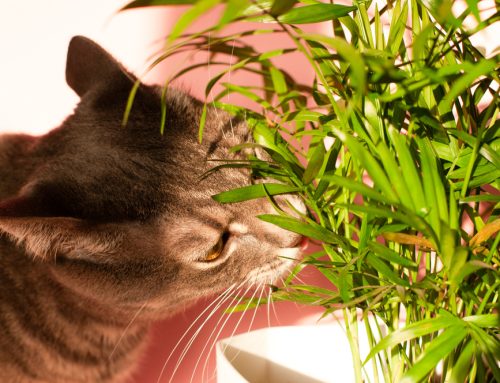
Leave A Comment